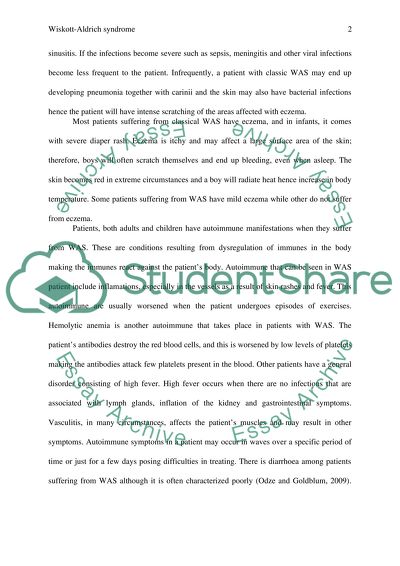Cite this document
(“Wiskott-Aldrich Syndrome (WAS) Research Paper Example | Topics and Well Written Essays - 1000 words”, n.d.)
Retrieved from https://studentshare.org/health-sciences-medicine/1467286-wiskott-aldrich-syndrome
Retrieved from https://studentshare.org/health-sciences-medicine/1467286-wiskott-aldrich-syndrome
(Wiskott-Aldrich Syndrome (WAS) Research Paper Example | Topics and Well Written Essays - 1000 Words)
https://studentshare.org/health-sciences-medicine/1467286-wiskott-aldrich-syndrome.
https://studentshare.org/health-sciences-medicine/1467286-wiskott-aldrich-syndrome.
“Wiskott-Aldrich Syndrome (WAS) Research Paper Example | Topics and Well Written Essays - 1000 Words”, n.d. https://studentshare.org/health-sciences-medicine/1467286-wiskott-aldrich-syndrome.


